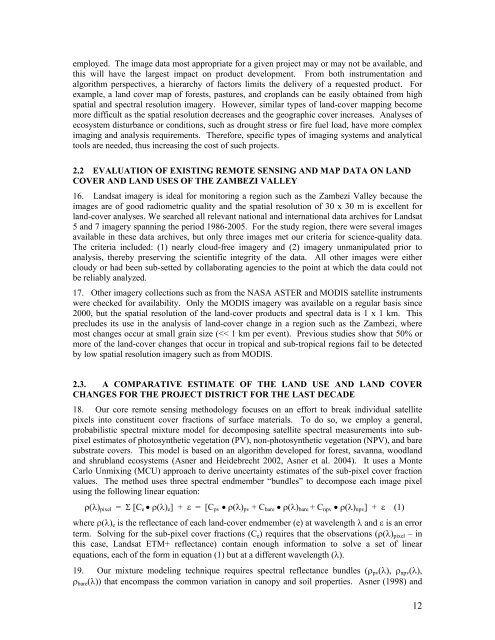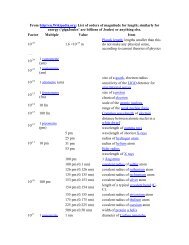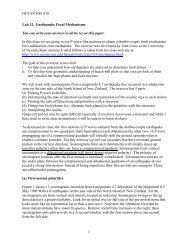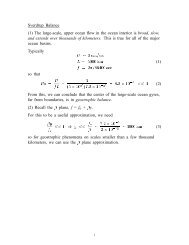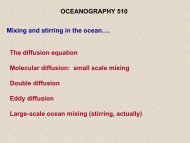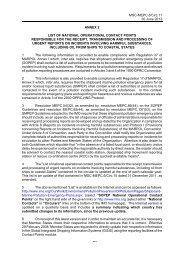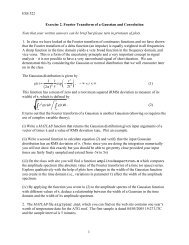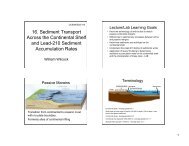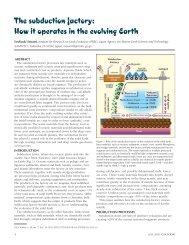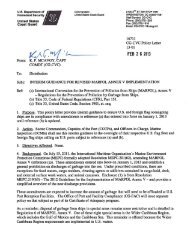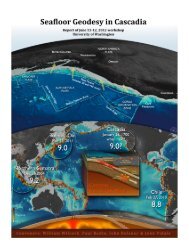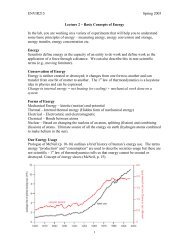LOWER ZAMBEZI RIVER BASIN BASELINE DATA ON LANDUSE ...
LOWER ZAMBEZI RIVER BASIN BASELINE DATA ON LANDUSE ...
LOWER ZAMBEZI RIVER BASIN BASELINE DATA ON LANDUSE ...
You also want an ePaper? Increase the reach of your titles
YUMPU automatically turns print PDFs into web optimized ePapers that Google loves.
employed. The image data most appropriate for a given project may or may not be available, andthis will have the largest impact on product development. From both instrumentation andalgorithm perspectives, a hierarchy of factors limits the delivery of a requested product. Forexample, a land cover map of forests, pastures, and croplands can be easily obtained from highspatial and spectral resolution imagery. However, similar types of land-cover mapping becomemore difficult as the spatial resolution decreases and the geographic cover increases. Analyses ofecosystem disturbance or conditions, such as drought stress or fire fuel load, have more compleximaging and analysis requirements. Therefore, specific types of imaging systems and analyticaltools are needed, thus increasing the cost of such projects.2.2 EVALUATI<strong>ON</strong> OF EXISTING REMOTE SENSING AND MAP <strong>DATA</strong> <strong>ON</strong> LANDCOVER AND LAND USES OF THE <strong>ZAMBEZI</strong> VALLEY16. Landsat imagery is ideal for monitoring a region such as the Zambezi Valley because theimages are of good radiometric quality and the spatial resolution of 30 x 30 m is excellent forland-cover analyses. We searched all relevant national and international data archives for Landsat5 and 7 imagery spanning the period 1986-2005. For the study region, there were several imagesavailable in these data archives, but only three images met our criteria for science-quality data.The criteria included: (1) nearly cloud-free imagery and (2) imagery unmanipulated prior toanalysis, thereby preserving the scientific integrity of the data. All other images were eithercloudy or had been sub-setted by collaborating agencies to the point at which the data could notbe reliably analyzed.17. Other imagery collections such as from the NASA ASTER and MODIS satellite instrumentswere checked for availability. Only the MODIS imagery was available on a regular basis since2000, but the spatial resolution of the land-cover products and spectral data is 1 x 1 km. Thisprecludes its use in the analysis of land-cover change in a region such as the Zambezi, wheremost changes occur at small grain size (


